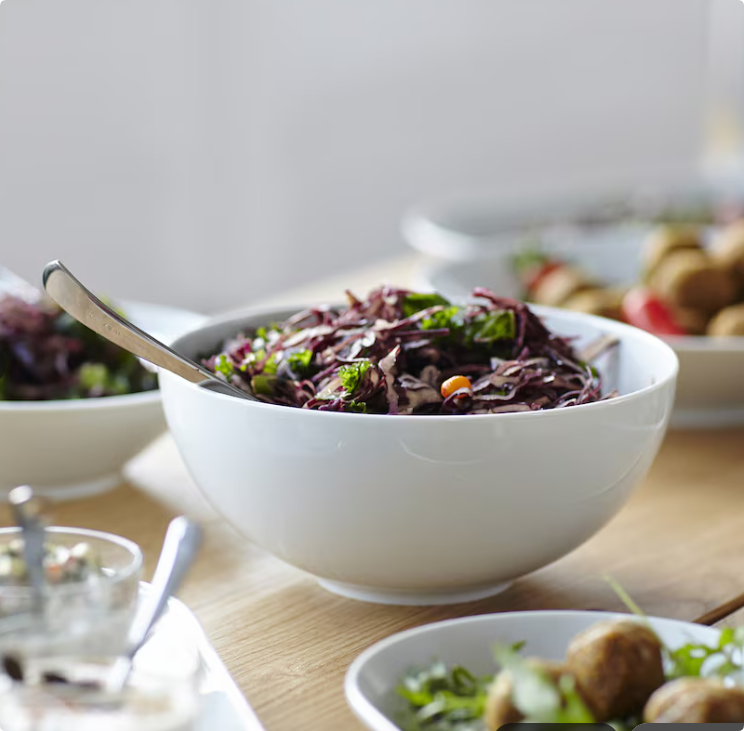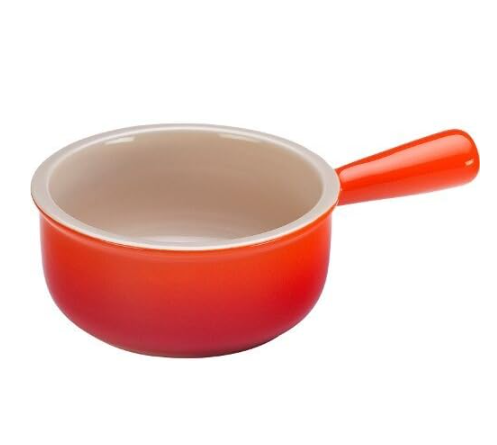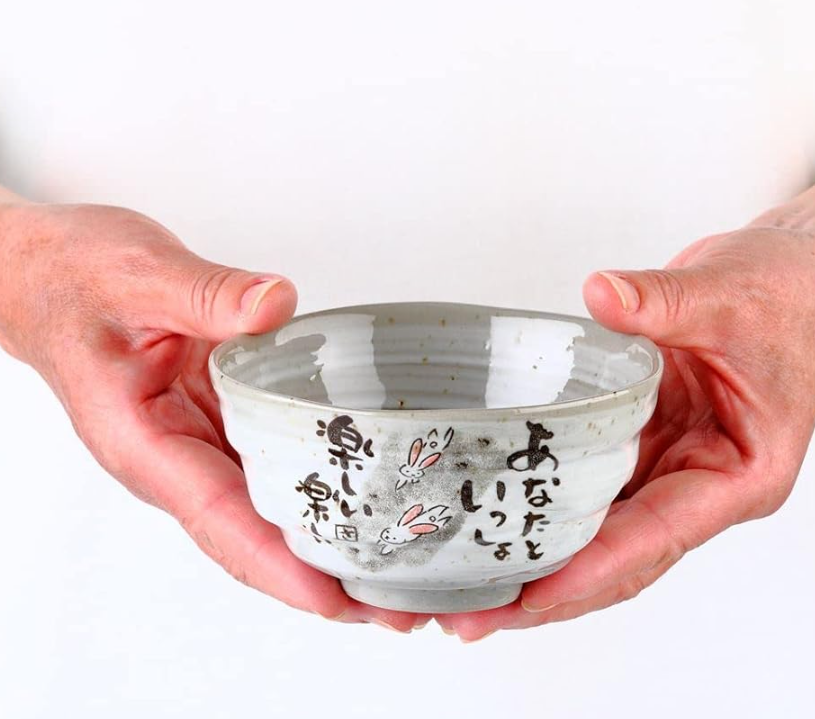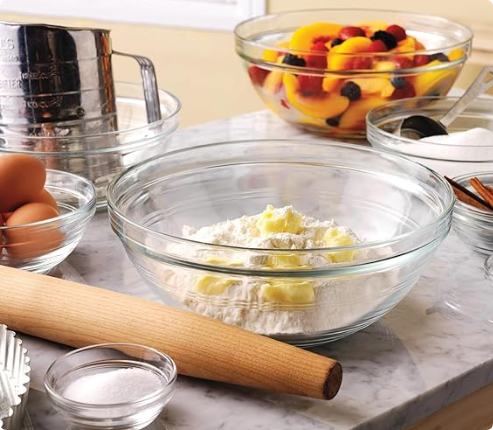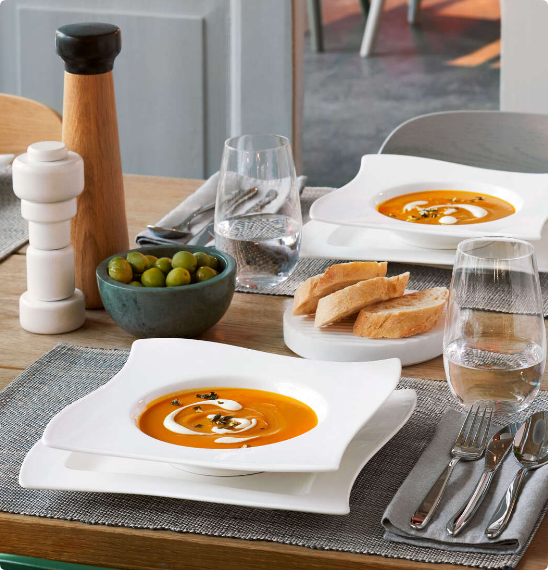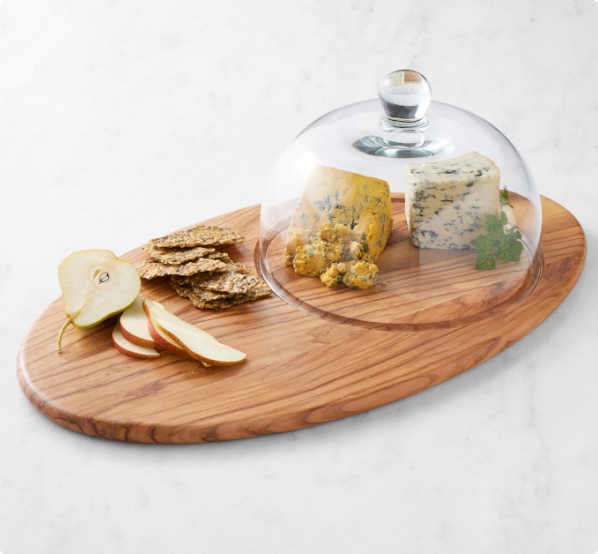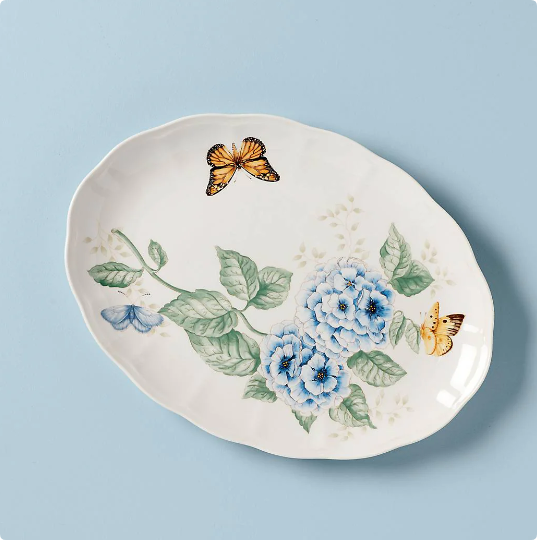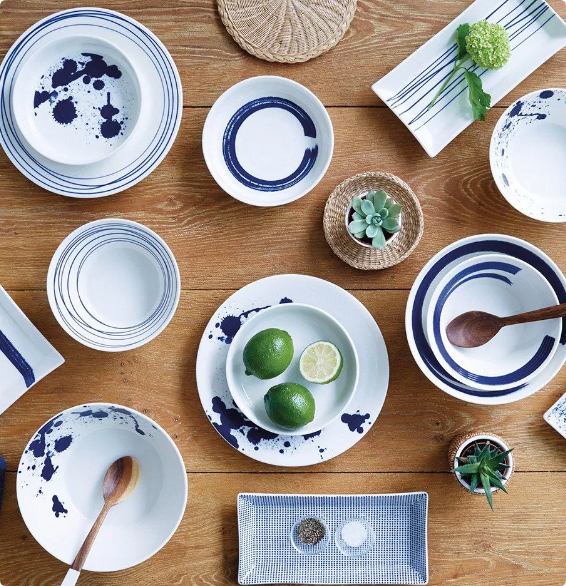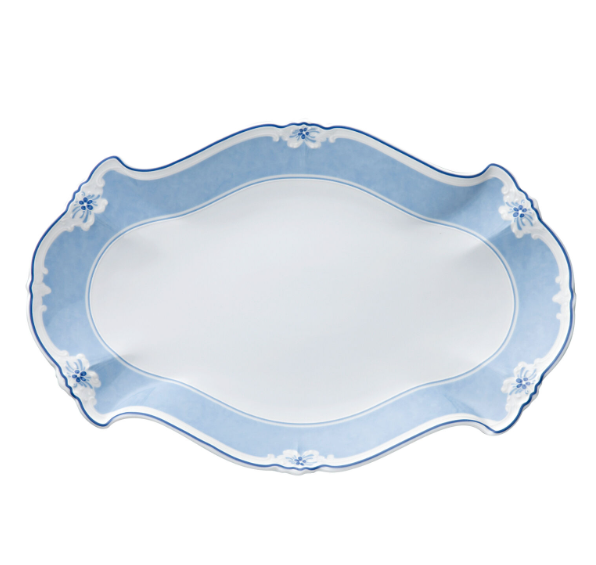In the world of tableware, bowls and platters serve distinct purposes, making them essential in various dining and presentation settings. For B2B purchasers, especially those looking to cater to different markets and customer segments, understanding the differences between these two items can optimize procurement decisions and enhance customer satisfaction. In this article, we’ll dive deep into the distinctions between bowls and platters, examining their features, functions, market demand, and top-selling models to help buyers make informed choices.
1. What Are Bowls and Platters?
Before exploring their differences, it’s essential to understand what bowls and platters are:
1.1 What is a Bowl?
A bowl is a round, deep dish designed to hold liquids, semi-liquids, or small, solid foods. It usually has a curved shape and is deeper than a plate, making it ideal for serving soups, salads, cereals, rice, and noodles. Bowls are versatile, coming in various sizes and materials like ceramic, glass, porcelain, and stainless steel.
- Common Uses: Soups, salads, rice, pasta, desserts, and mixing ingredients.
- Typical Materials: Ceramic, porcelain, glass, stainless steel, wood.
1.2 What is a Platter?
A platter is a large, flat, often oval or rectangular dish with a slightly raised rim. It is designed to hold larger portions of food, especially for serving family-style meals or displaying whole roasts, poultry, fish, or charcuterie. Platters are excellent for presenting food attractively at gatherings and buffets.
- Common Uses: Roasted meats, seafood, cheese boards, appetizers, and desserts.
- Typical Materials: Ceramic, porcelain, glass, stainless steel, wood.
The Best Platters and Serving Bowls, According to Cool People
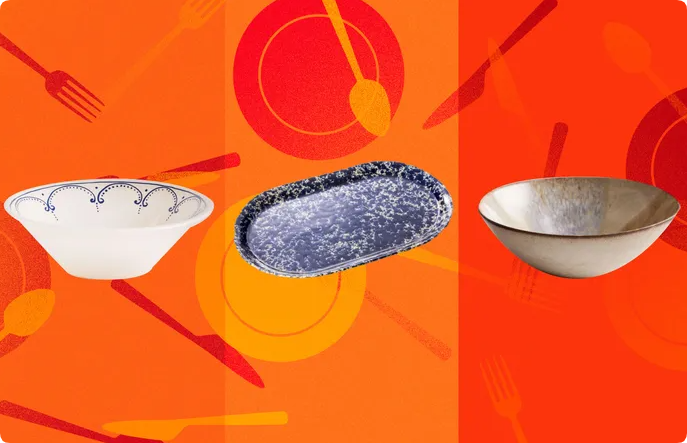
2. Key Differences Between Bowls and Platters
| Feature | Bowl | Platter |
|---|---|---|
| Shape | Deep, round with high sides | Flat, large with low or no sides |
| Function | Contains liquids or small solid foods | Displays and serves large food items |
| Common Uses | Soups, salads, cereals, rice | Roasts, seafood, cheese boards, appetizers |
| Material Options | Ceramic, porcelain, glass, stainless steel | Ceramic, porcelain, wood, stainless steel |
| Market Preference | High demand in Asian and family dining markets | Popular in Western markets and high-end restaurants |
Bowls are generally more versatile for everyday meals, especially in Asian markets where they are used for rice, noodles, and soups. Platters, on the other hand, are more prevalent in Western dining, where they are used to serve large portions and enhance table presentations.
3. When to Choose a Bowl vs. a Platter?
When selecting between bowls and platters, it is essential to consider the end-use scenarios, customer preferences, and dining settings:
3.1 Use Cases for Bowls
- Family Meals: Perfect for serving individual portions of soups, stews, or pasta.
- Casual Dining: Ideal for everyday meals, especially in homes and casual restaurants.
- Food Preparation: Useful for mixing ingredients, especially in professional kitchens.
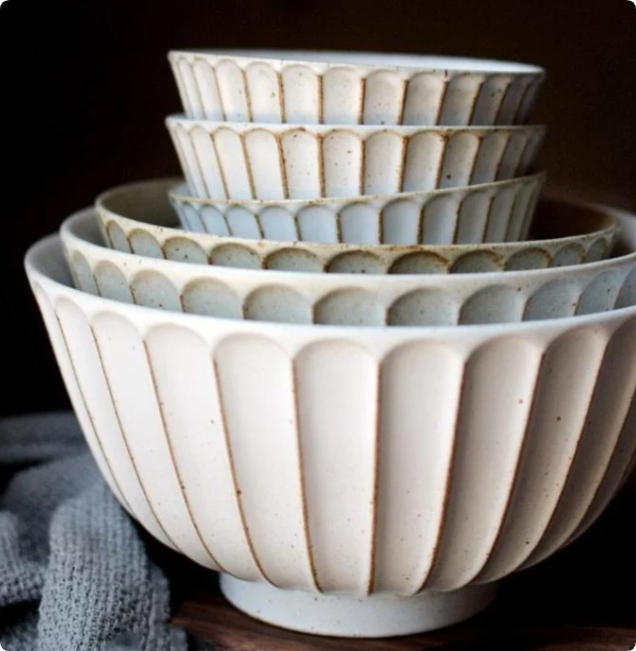
3.2 Use Cases for Platters
- Buffet and Catering: Best for presenting large quantities of food at events or buffets.
- Fine Dining: Adds a touch of elegance to the presentation of main courses.
- Food Displays: Perfect for showcasing charcuterie boards, desserts, or seafood at high-end gatherings.
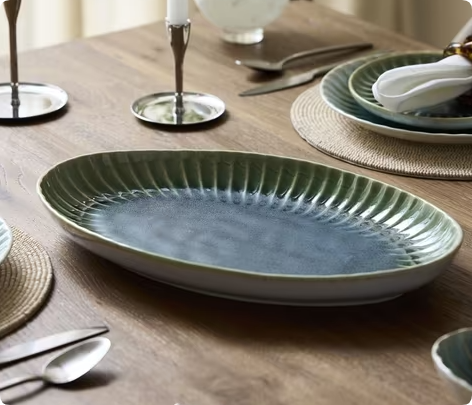
For B2B purchasers, choosing between bowls and platters depends on your target market. For instance, Asian markets may prioritize bowls, while Western markets often demand elegant platters for presentation.
4. Alternative Names for Bowls and Platters
In different markets and cultural contexts, both bowls and platters are known by various names. These alternative terms can help B2B purchasers better understand product diversity and match international market demands.
4.1 Alternative Names for Bowls
Depending on function, design, and use, bowls are known by different names globally:
- Soup Bowl: Specifically designed for serving soups, usually deeper.
- Salad Bowl: Wider and shallower, ideal for salads and cold dishes.
- Rice Bowl: Common in Asian markets, used for serving rice.
- Mixing Bowl: Large bowls used in the kitchen for preparing ingredients.
- Ramen Bowl: Designed for noodles and soup dishes, combining depth and width.
4.2 Alternative Names for Platters
Platters are diverse in terminology based on their usage:
- Serving Platter: Used for presenting roasted meats or whole dishes.
- Charcuterie Board: Popular for displaying cheeses, cold cuts, and appetizers.
- Meat Platter: Designed to serve large cuts of meat or BBQ.
- Seafood Platter: Used for presenting whole fish or seafood assortments.
- Dessert Tray: Ideal for showcasing desserts, pastries, and fruit.
Understanding the varied names and uses can assist B2B buyers in tailoring product offerings to specific regions.
5. Global Market Share and Best-Selling Models
The global demand for bowls and platters varies based on cultural dining habits and market trends. Let’s analyze the market shares and highlight some of the top-selling models in both categories to aid procurement decisions.
5.1 Market Share of Bowls
- Market Share: Bowls account for about 45% of the global tableware market, with Asian markets holding more than 60% due to their frequent use in daily meals.
- Consumption Trends: Eco-friendly and customizable bowls are gaining popularity, especially in upscale dining and home settings.
Top 5 Best-Selling Bowls Globally:
- IKEA 365+ Deep Soup Bowl – Versatile for both home and restaurant use.
- Corelle Winter Frost White Bowl – Lightweight, durable, and popular in the U.S.
- Le Creuset Stoneware French Onion Soup Bowl – High-end ceramic bowl for gourmet dining.
- Minoyaki Japanese Rice Bowl – Traditional handmade bowl favored in Asian markets.
- Duralex Lys Stackable Glass Bowl – French brand known for its durability and versatility.
5.2 Market Share of Platters
- Market Share: Platters represent about 30% of the global tableware market, especially in Western countries and high-end catering services.
- Consumption Trends: Platters are in demand for banquet and restaurant services, with a preference for innovative designs and multifunctional uses.
Top 5 Best-Selling Platters Globally:
- Villeroy & Boch NewWave Platter – German brand, ideal for upscale dining.
- Williams Sonoma Olivewood Serving Platter – Popular in the U.S. for its natural finish.
- Lenox Butterfly Meadow Platter – Classic porcelain platter, perfect for spring and summer events.
- Royal Doulton Pacific Stoneware Platter – Elegant and minimalist, favored in the UK.
- Hutschenreuther Maria Theresia Oval Platter – Traditional German platter for large cuts of meat.
6. Market Analysis and Recommendations
Based on the analysis above, B2B buyers can strategically select the right products for their target markets. For instance, Asian supermarkets can focus on functional rice and soup bowls, while Western fine dining establishments may prioritize decorative serving platters.
As a global leader in ceramics, EKA Ceramic offers both standardized and customized products to meet diverse buyer needs. Whether you’re looking for large-scale ODM orders or small-batch OEM customization, visit www.ekaceramic.com to explore our full range of high-quality tableware.
By understanding the nuances between bowls and platters and their market dynamics, B2B purchasers can optimize their procurement strategies to meet the demands of their clients across various global markets.

